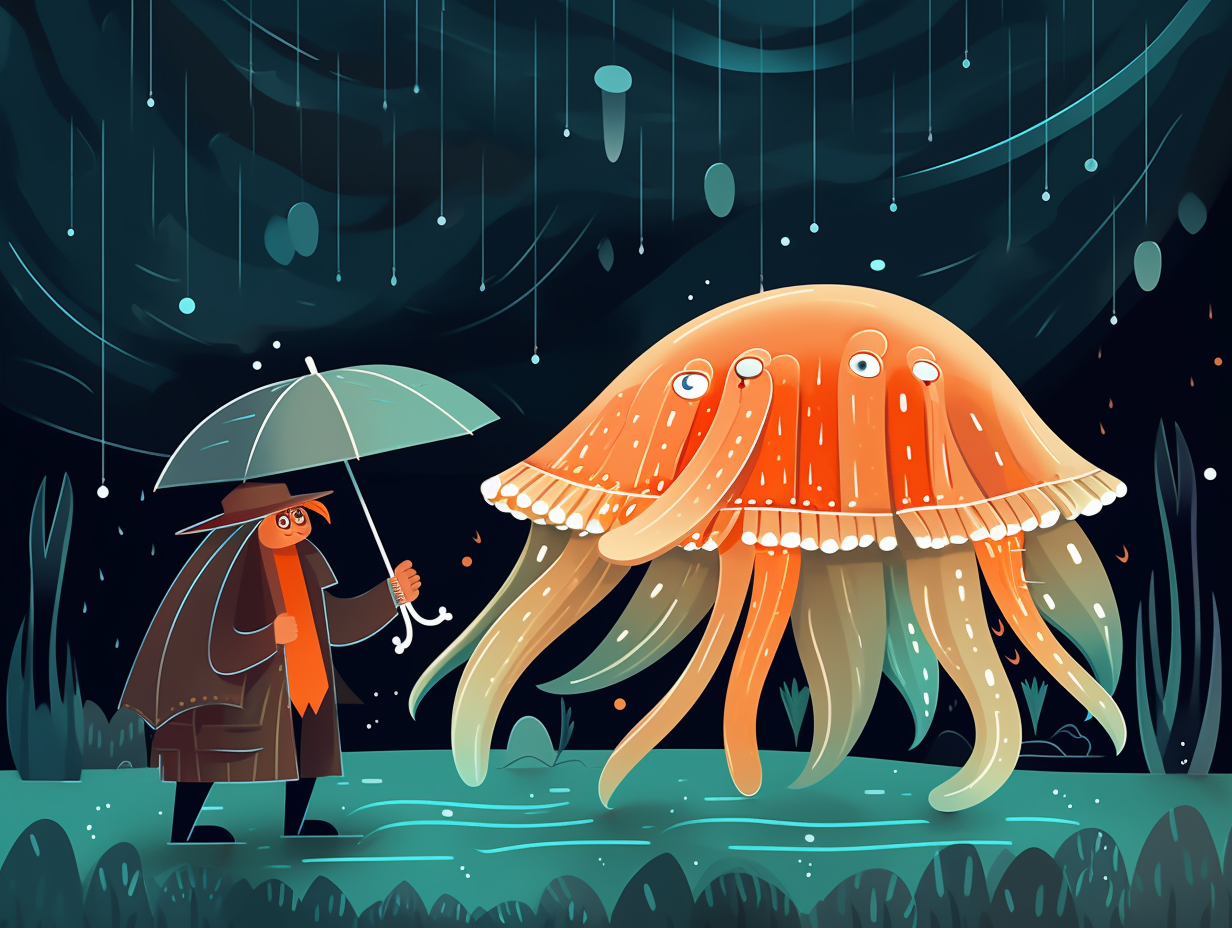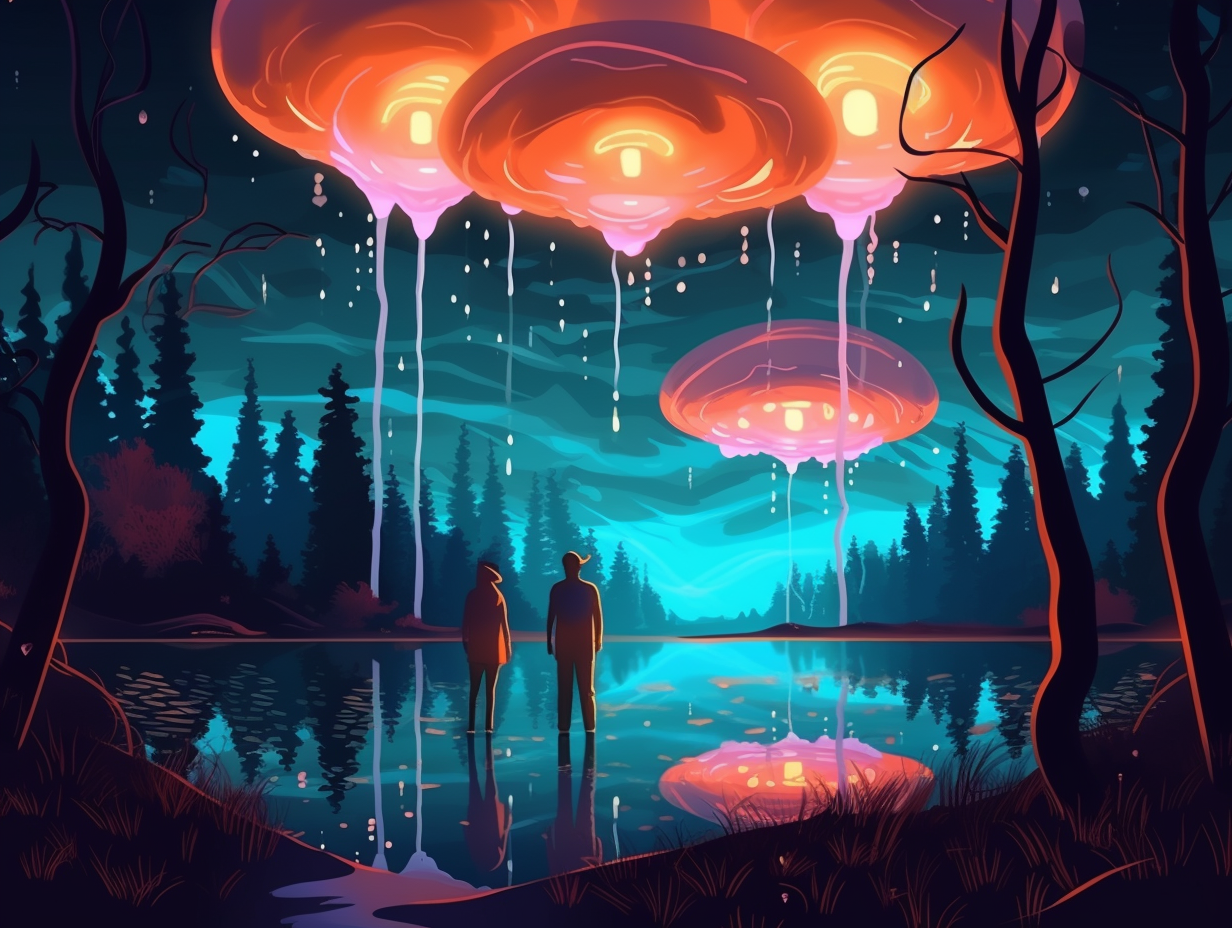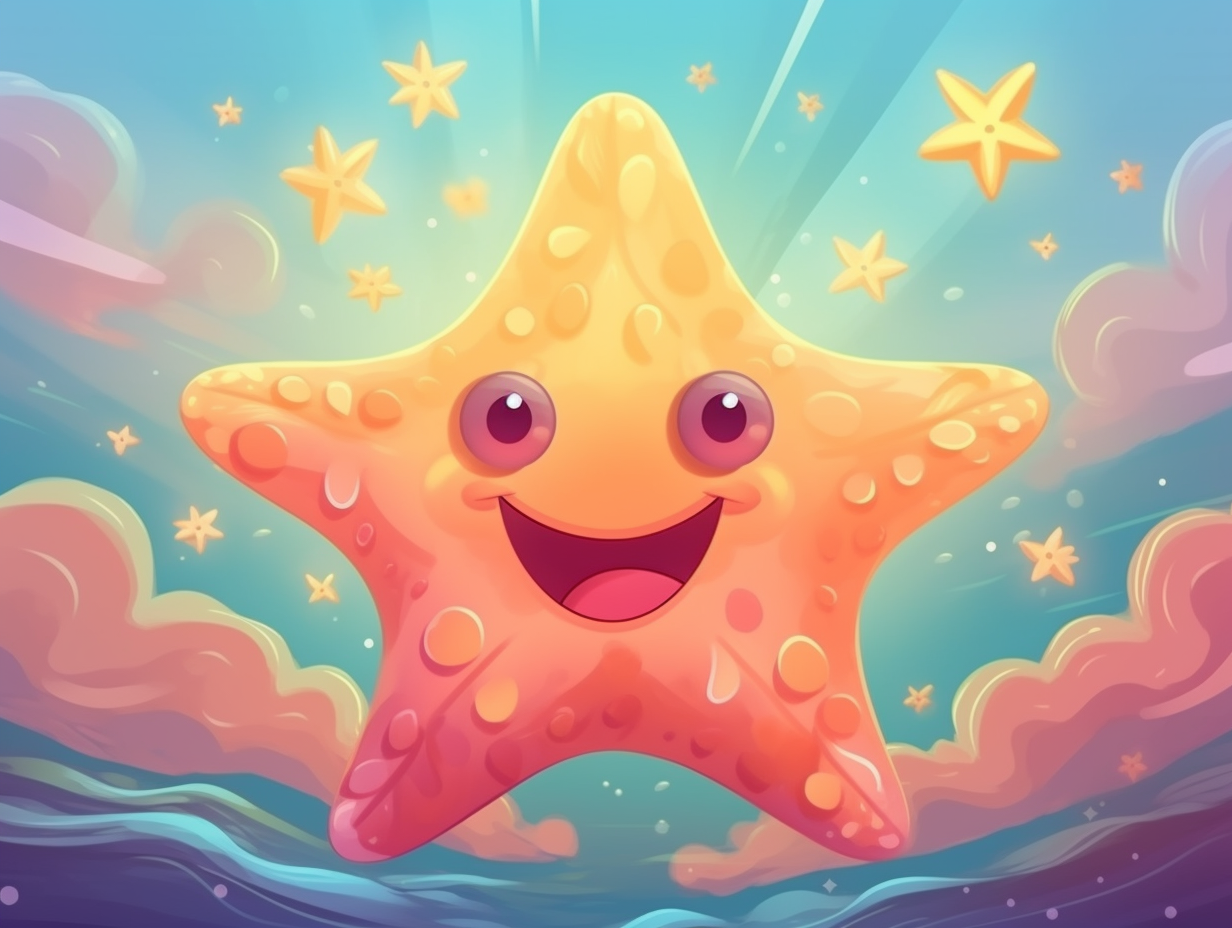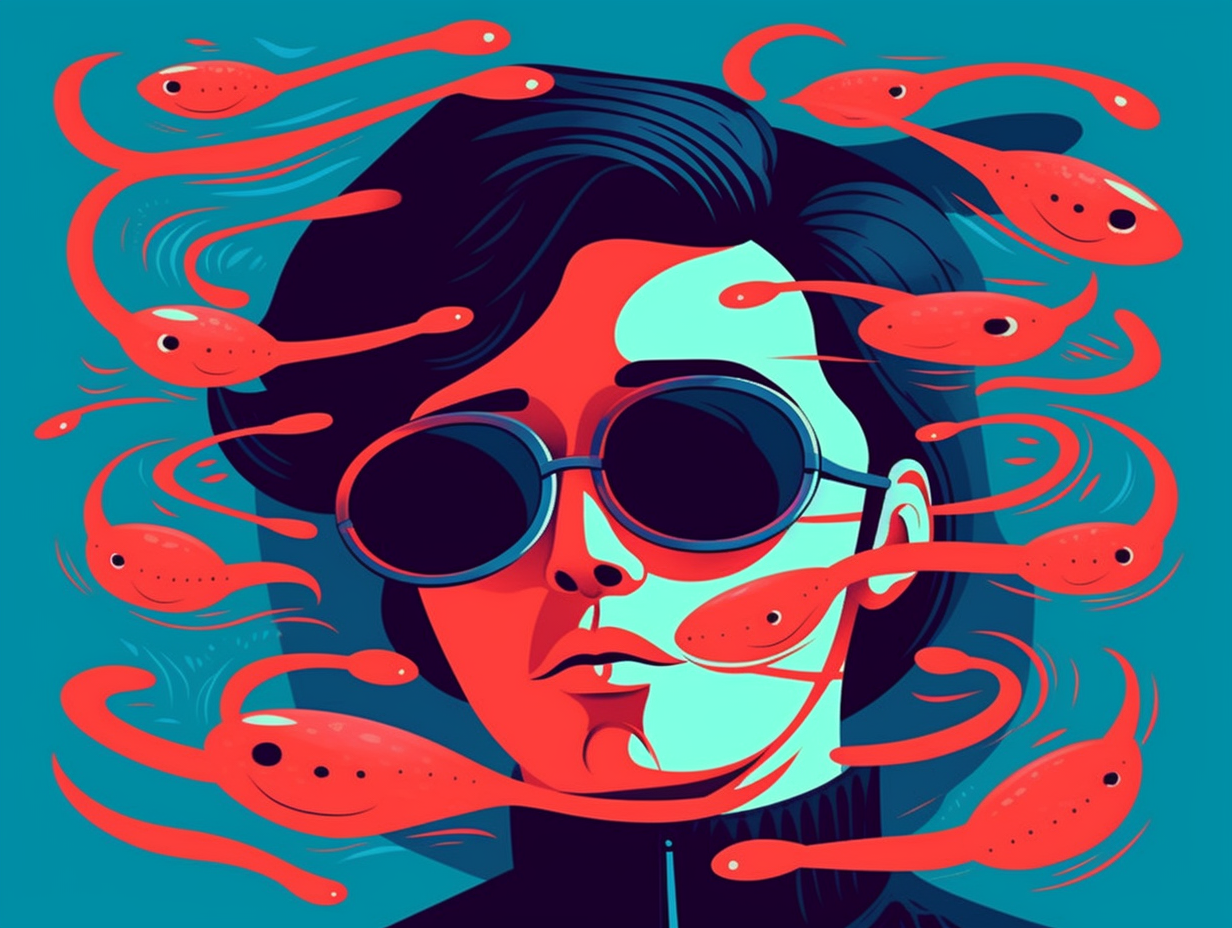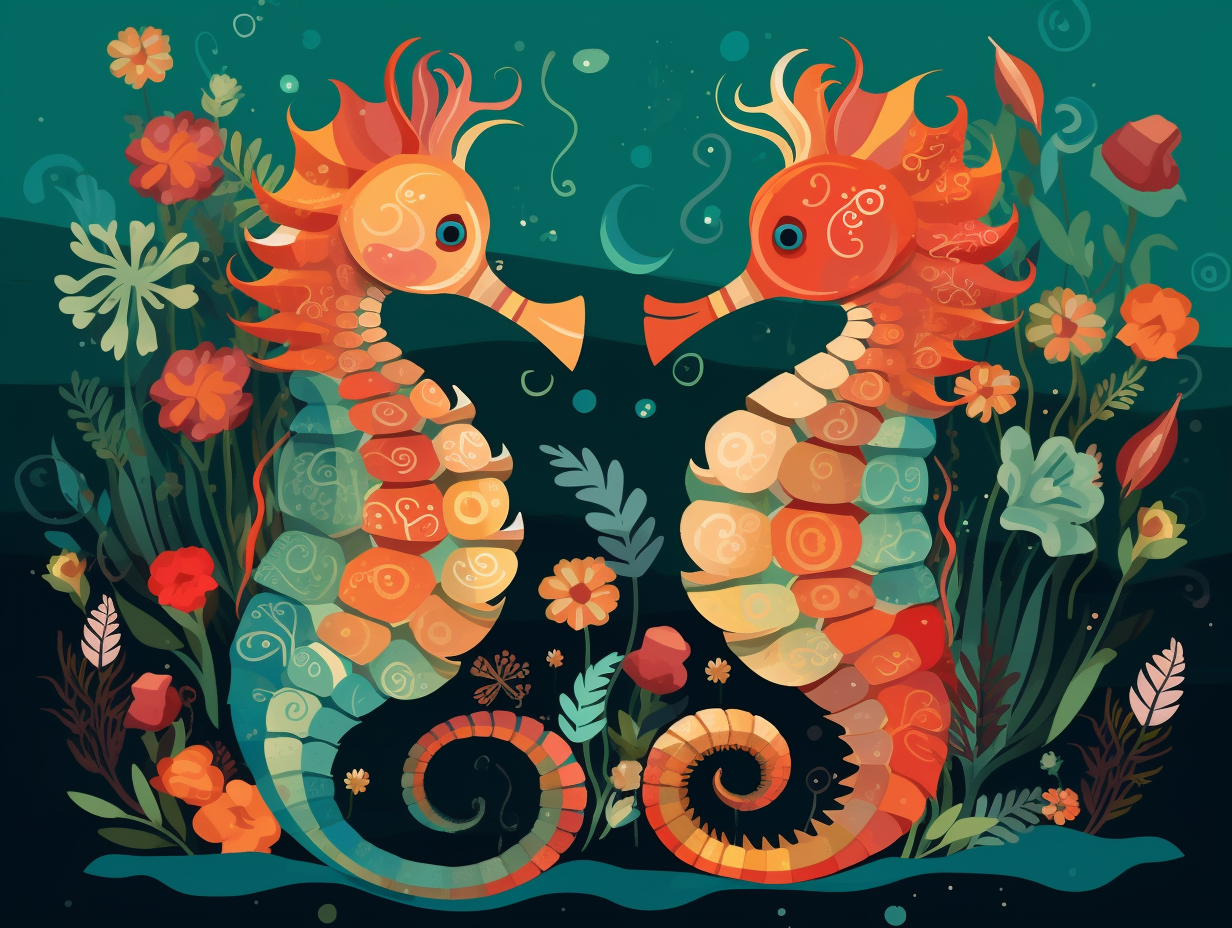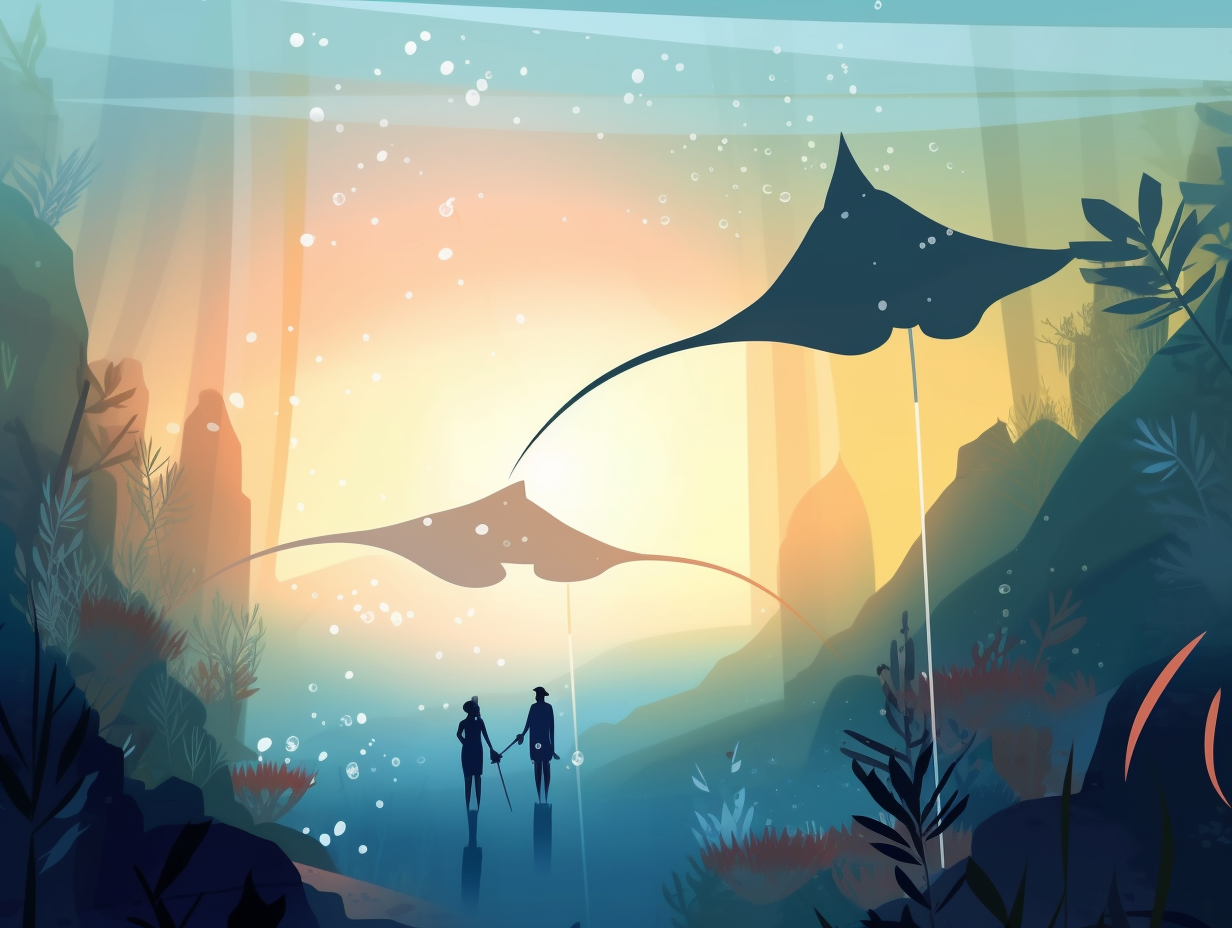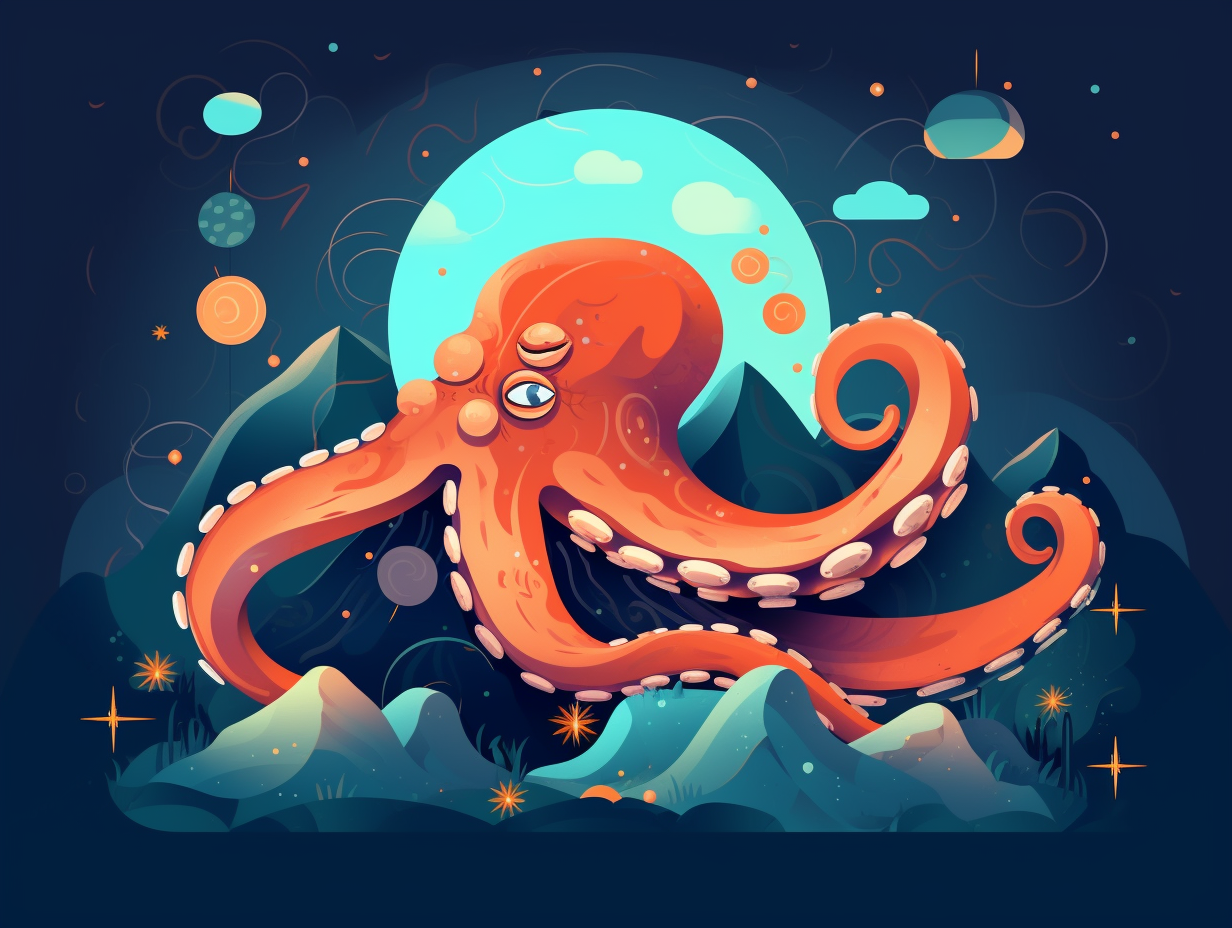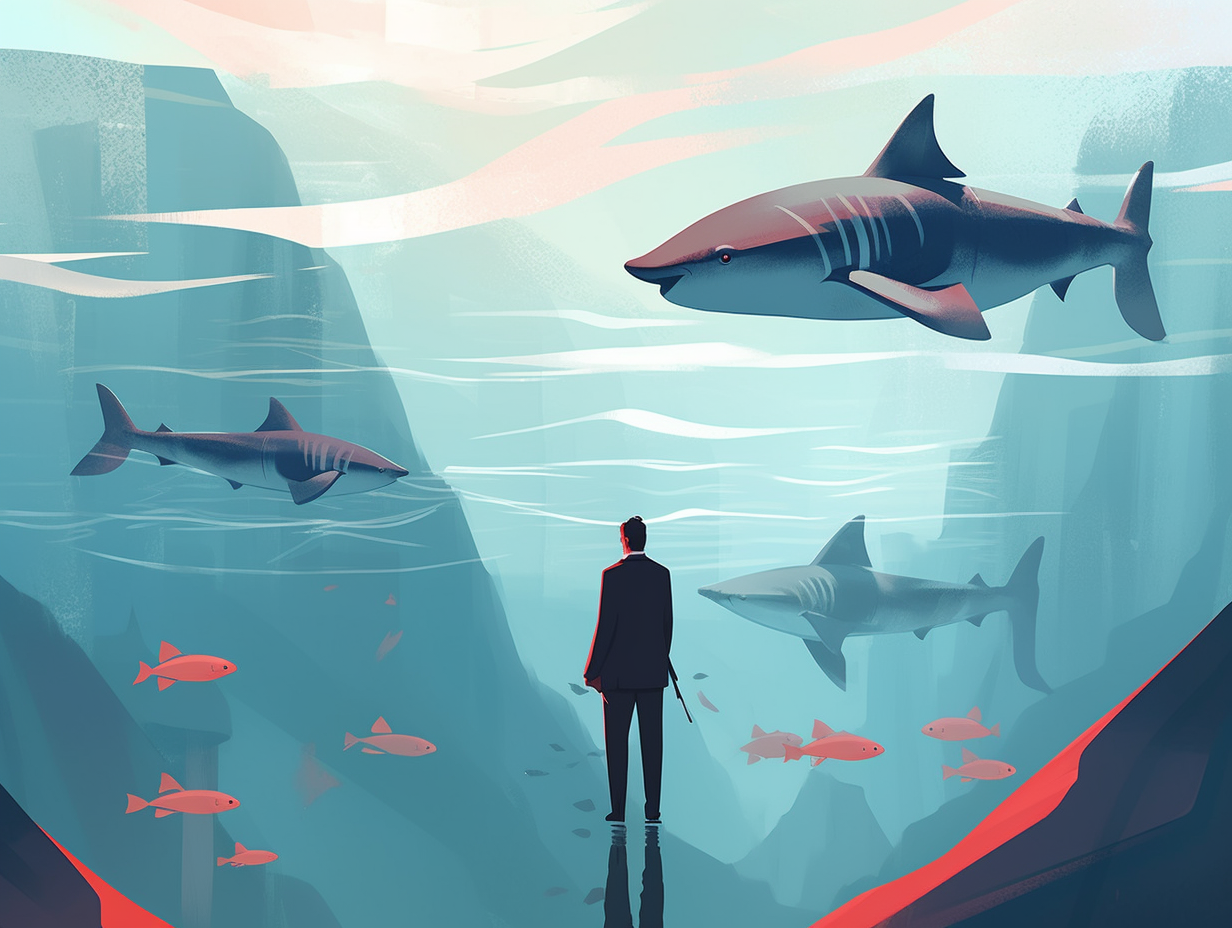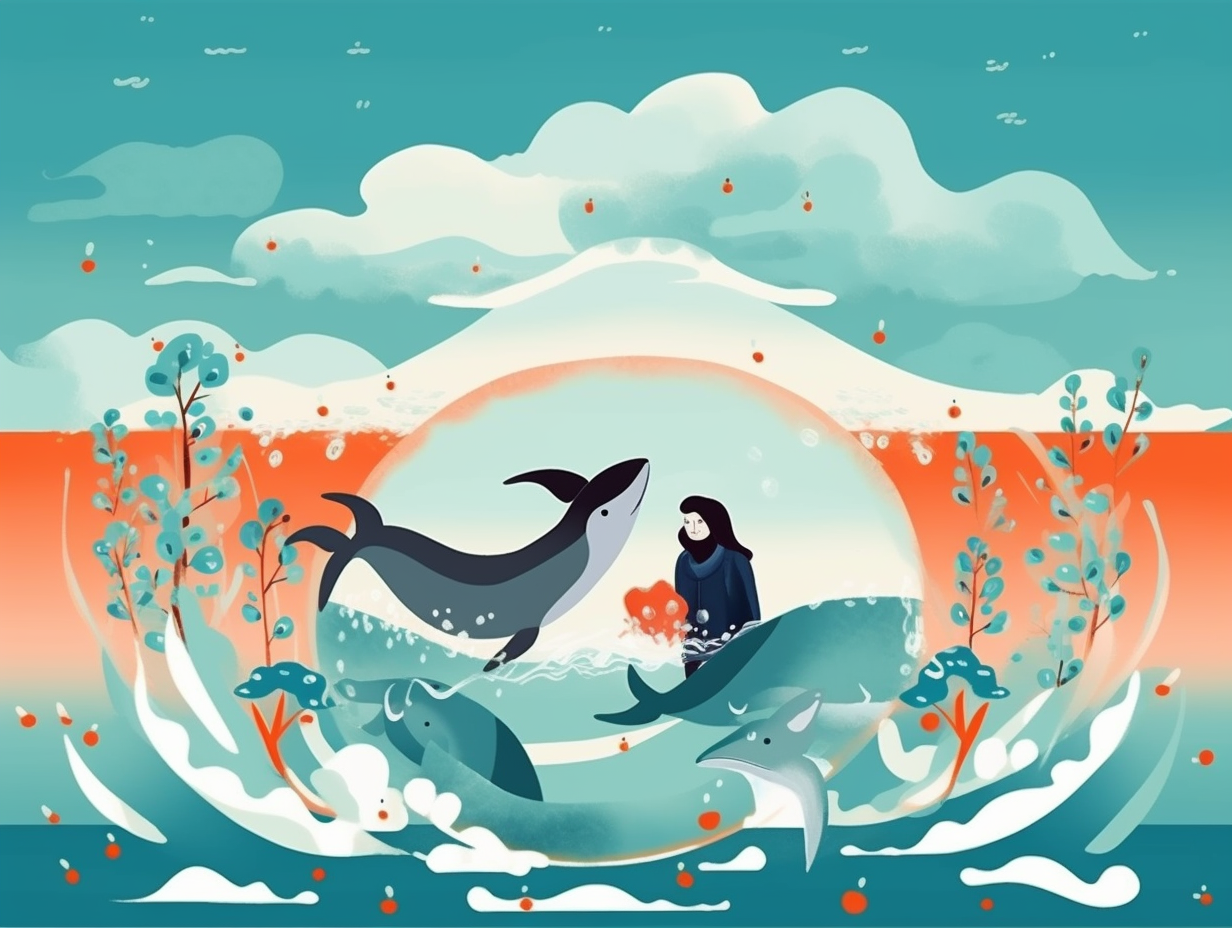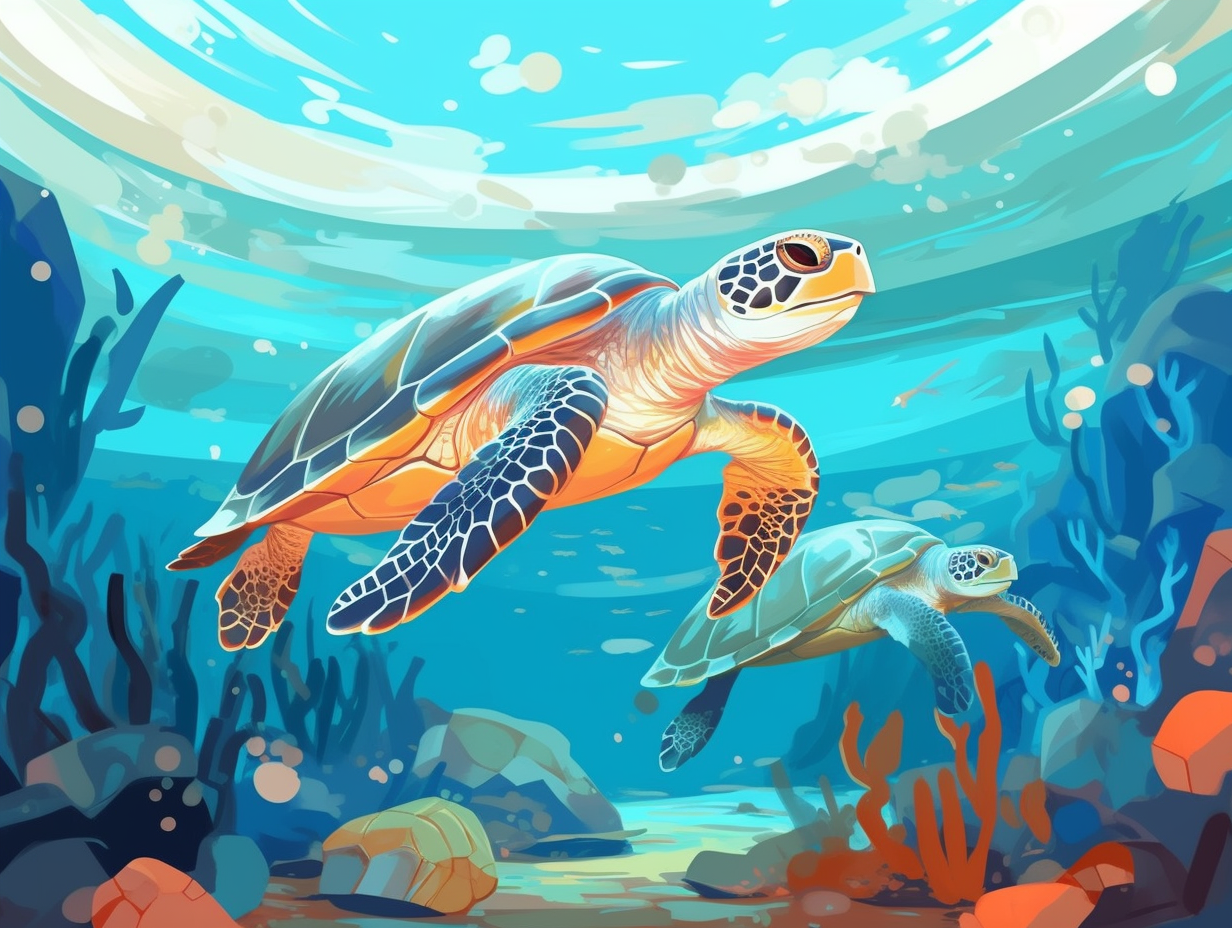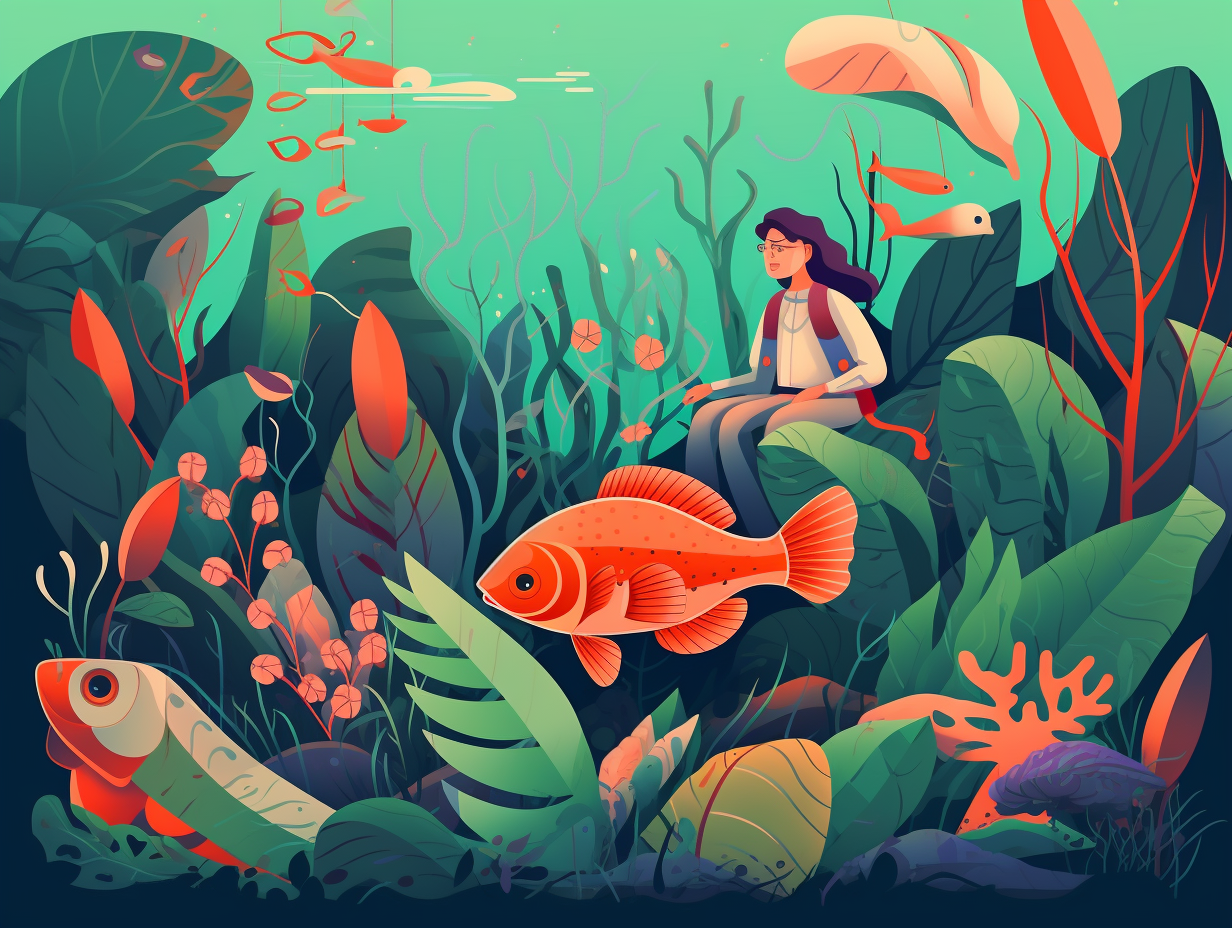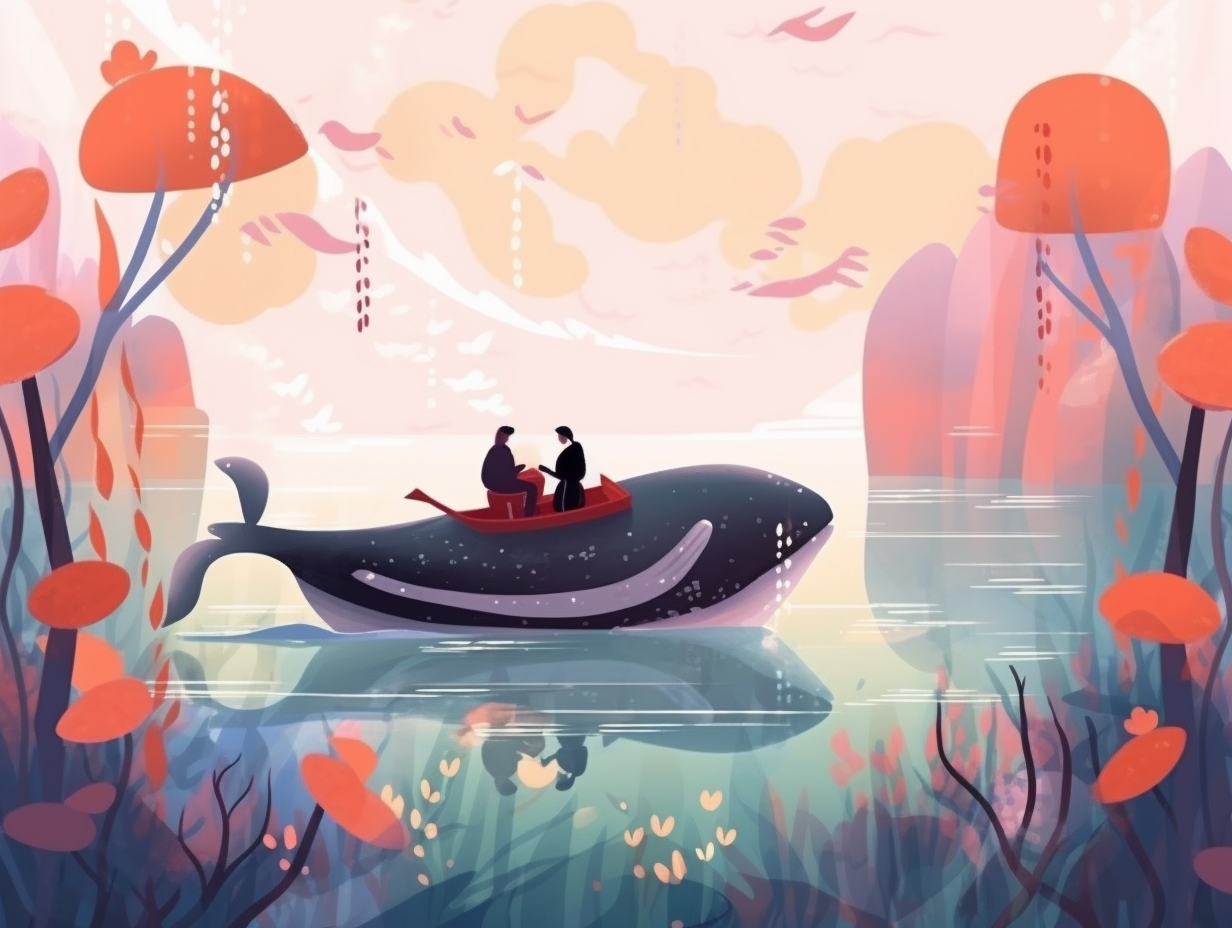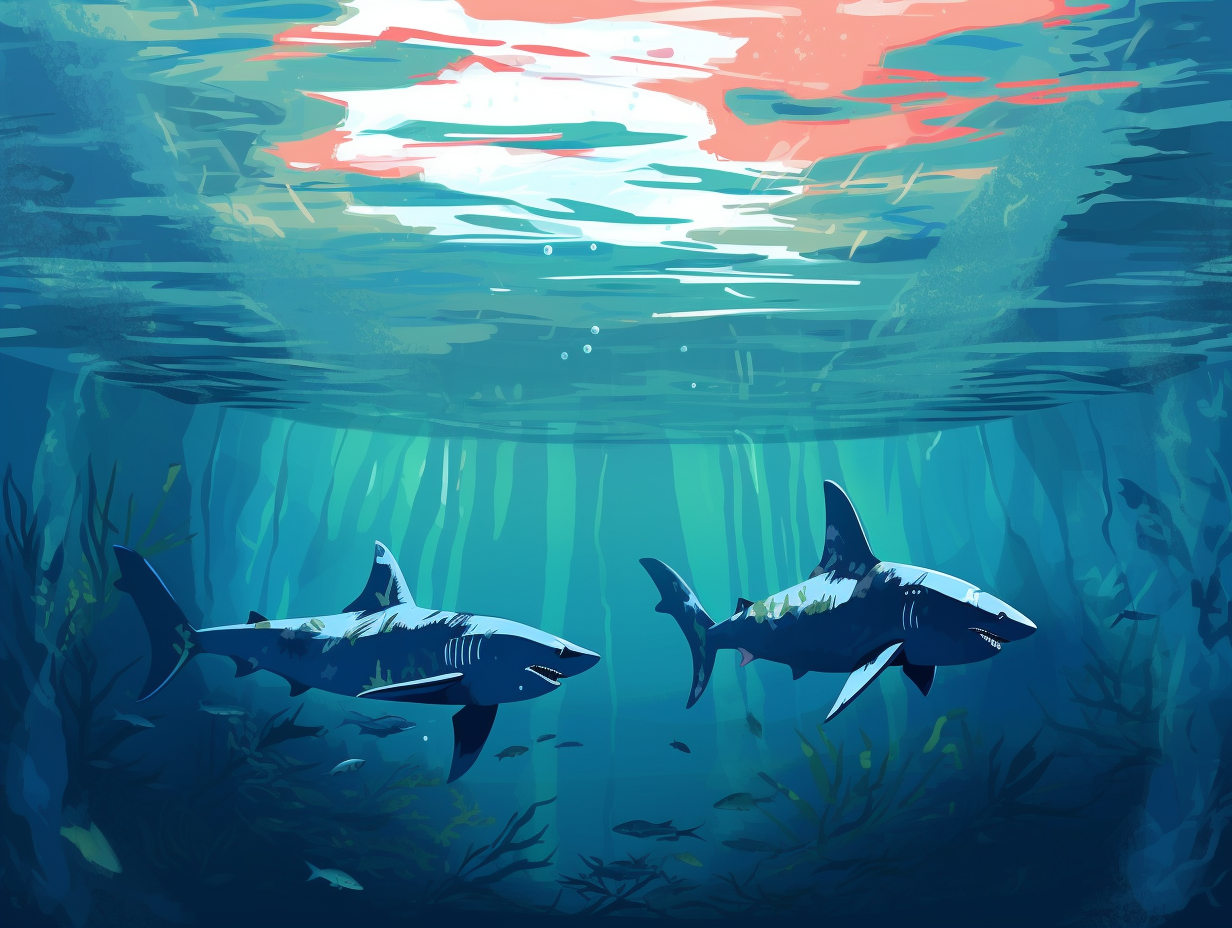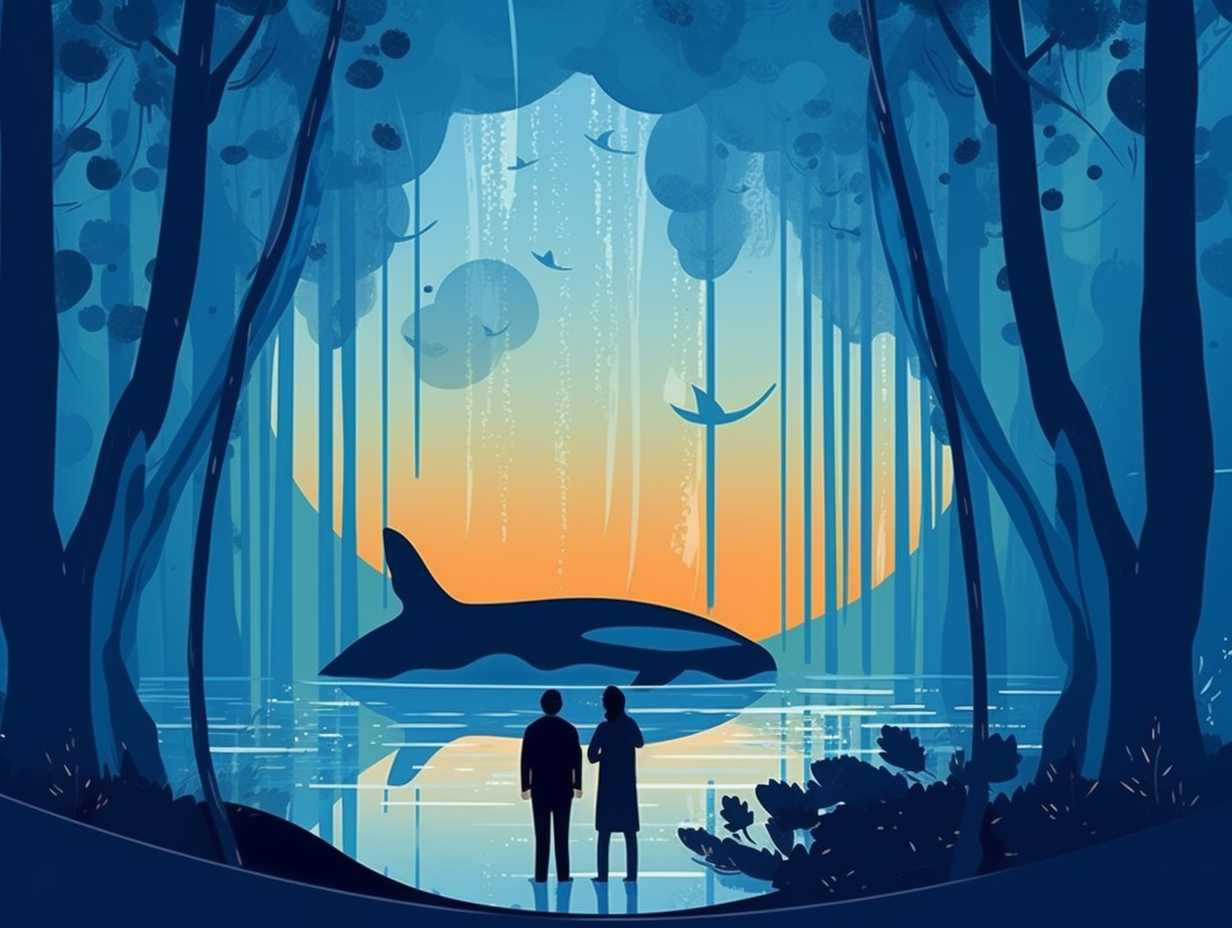Jellyfish Jamboree: Top 11 Amazing Cnidarian Fun Facts You Never Knew!

1. Underwater Party Poppers
Ever been stung by an underwater party popper? Turns out that cnidarians, like jellyfish and sea anemones, are the life of the ocean's shindig: They're equipped with tiny, pressurized capsules called nematocysts that shoot out venomous threads with explosive gusto, all in the name of catching dinner and fending off unwelcome advances. Nature even gave tutorials to us humans through these microscopic wonders, inspiring bioinspired microdevices!
Source => ncbi.nlm.nih.gov
2. Clownfish & Anemone Roomies
Who said roommates can't get along when the clownfish and sea anemones set the gold standard of underwater cohabitation? Tenants and landlords could learn a thing or two from these aquatic buddies: Sea anemones offer a safe haven for clownfish, while the clownish residents defend their oh-so-stingy landlords from predators and parasites, creating an unconventional yet highly effective underwater community – just like the popular animated duo in "Finding Nemo".
Source => teara.govt.nz
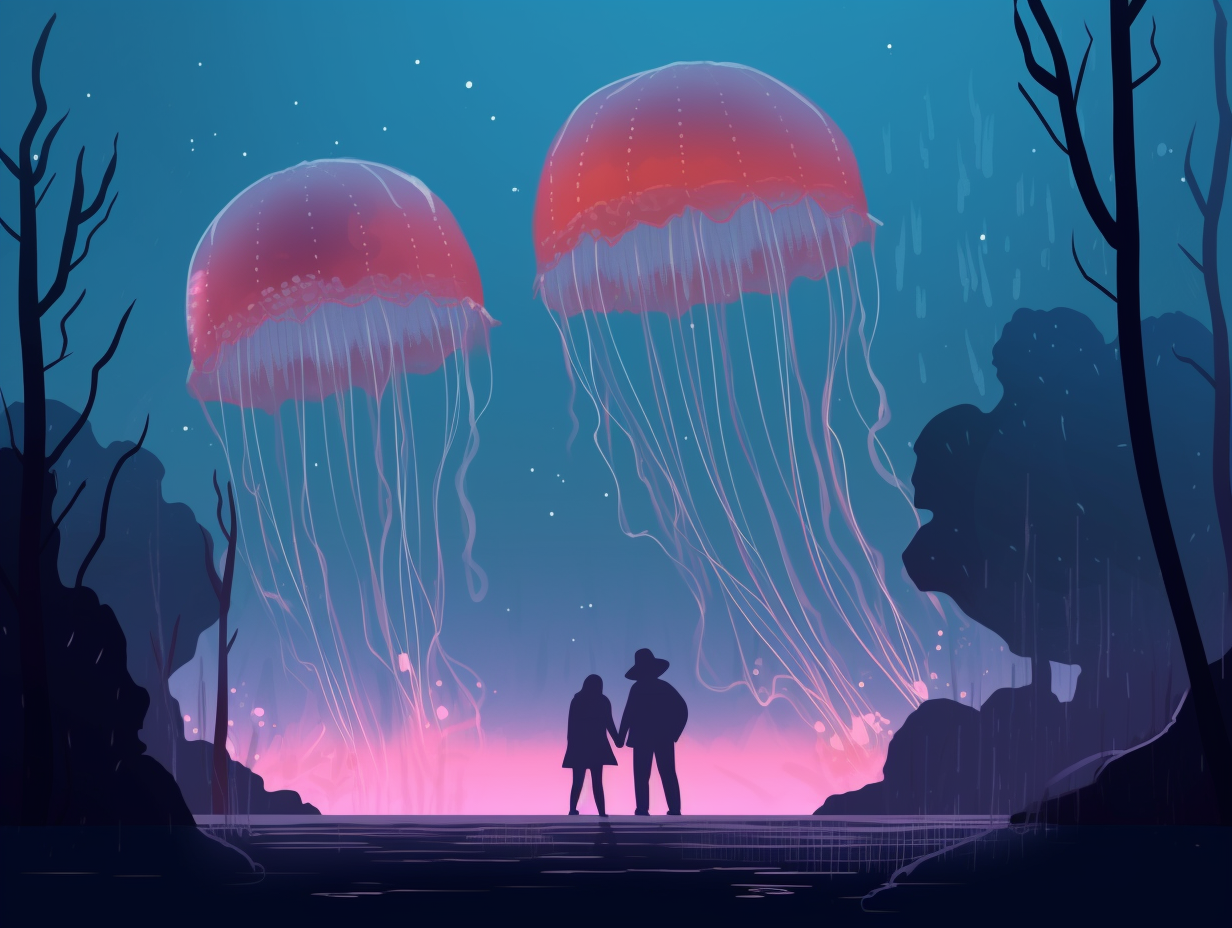
Did you know that jellyfish have been around for over 500 million years? 🐙 Discover how these graceful ocean boppers earned the title 'Sultan of Slime' and their surprising connection to Utah!
=> Fun Facts about Jellyfish
3. Tiniest Undersea Roommates
Cnidarians and zooxanthellae might just be the world's oldest and tiniest roommates, proving that even undersea critters know that living with a buddy can save some clams: These minuscule marine buddies cohabitate in a mutualistic relationship, with the algae-like zooxanthellae providing essential nutrients through photosynthesis to their cnidarian hosts (like corals) who, in turn, offer their little pals a safe space and necessary compounds to keep the photosynthesis party going.
Source => oceanservice.noaa.gov
4. Immortal Jellyfish
In a world where age is just a number and Peter Pan would be green with envy: Turritopsis dohrnii, the "immortal jellyfish," can morph into a younger version of itself when injured or threatened, showcasing a process called transdifferentiation that potentially allows it to live forever, becoming the poster-child for never growing old and an intriguing subject for scientific study in the realms of muscular diseases, genetic disorders, and memory loss.
Source => today.tamu.edu
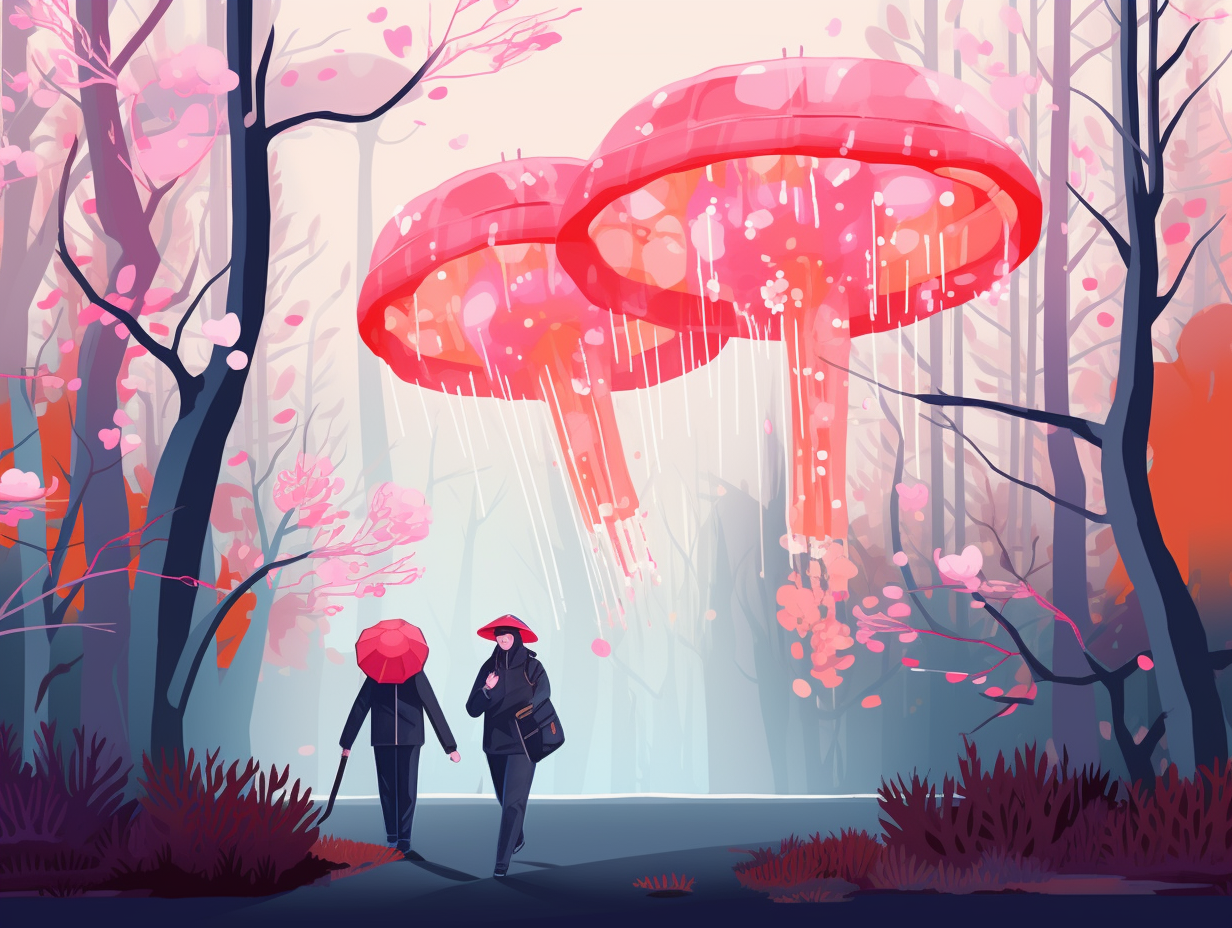
5. Symbiotic Dance Buddies
Under the sea, cnidarians engage in a buddy system worthy of a sitcom: they cohabitate with algae, sharing both living quarters and life-sustaining perks in a harmonious symbiotic dance! In a surprising twist: researchers discovered that photosynthesis isn't necessary for this roommate arrangement, as cnidarians – such as corals and sea anemones – can still form mutualistic bonds with non-photosynthetic algae, receiving nutrients and sharing resources in their underwater pad.
Source => news.ucr.edu
6. Vampire Corals
What do deep-sea corals and vampires have in common? They both avoid the sun and have a peculiar diet! Feast your plankton on this: deep-sea corals are as white as a virgin snowfield due to their lack of photosynthetic algae and sustain themselves on organic material falling from the surface or by gulping down tiny plankton. This eerie eating habit results in a diverse ecosystem teeming with ghostly invertebrates and phantom fish species that go bump in the night.
Source => oceanexplorer.noaa.gov
7. Invisible Squid Shenanigans
If squids ever held a game of hide-and-seek, the Opalescent inshore squid would surely be swimming laps around its opponents, laughing manically while brandishing its top-secret invisibility cloak: These crafty cephalopods can alter their skin's opacity from solid white to near-transparency with the help of leucophore cells, which house reflectin proteins capable of bending light to their whim. Scientists have even tinkered with these reflectins to wield their power in human kidney cells, paving the way for enhanced tissue imaging and a deeper grasp of cephalopod skin sorcery.
Source => sciencealert.com
8. Superhero Cnidarians
Cnidarians may sound like the latest superhero team, but they're just coral and pals using the power of sunlight to protect our oceans' precious ecosystem: These water-dwelling creatures form a symbiotic relationship with itty-bitty algae called zooxanthellae, which live inside them to perform photosynthesis and supply nutrients, while the coral offers shelter and essential nutrients in return—a real "sun and done" situation for our aquatic allies.
Source => oceansplasticleanup.com
9. Half a Billion-Year-Old Swimmers
If cnidarians had a slogan, they'd steal Nike's and say "Just Do It...for half a billion years": these ancient creatures, encompassing both coral and jellyfish, have been flexing their stinging nematocysts and swimming around our oceans for over 500 million years, making them one of the oldest animal groups known to mankind.
Source => reddit.com

10. Pirate of the Ocean
Ahoy there, matey! Beware the not-so-jelly Pirate of the Ocean! With a flotation device fit for a posh regatta and a slapstick parade of venomous tentacle sidekicks, it's a swashbuckling menace in disguise: The Portuguese man o' war isn't a jellyfish at all, but a siphonophore, a colonial creature composed of specialized, genetically identical zooids. Like a living yacht with a biological crew, it sails the seas thanks to its pneumatophore float, up to 30 cm long, stinging fish and humans alike with its mysterious ways.
Source => en.wikipedia.org
11. Tentacled Trendsetters
Before the dinosaurs and even before your great-great-great-great (ad infinitum) grandfish swam the prehistoric seas, there lived ancient creatures with fascinating tentacle hairstyles and a passion for underwater real estate: Cnidarians, a phylum that includes jellyfish, sea anemones, and corals, have been thriving on Earth for over 500 million years. These time-tested tentacled trendsetters are not only ancient but crucial for marine ecosystems as they provide housing for other sea creatures and keep predators' bellies full.
Source => oceanservice.noaa.gov
Related Fun Facts

